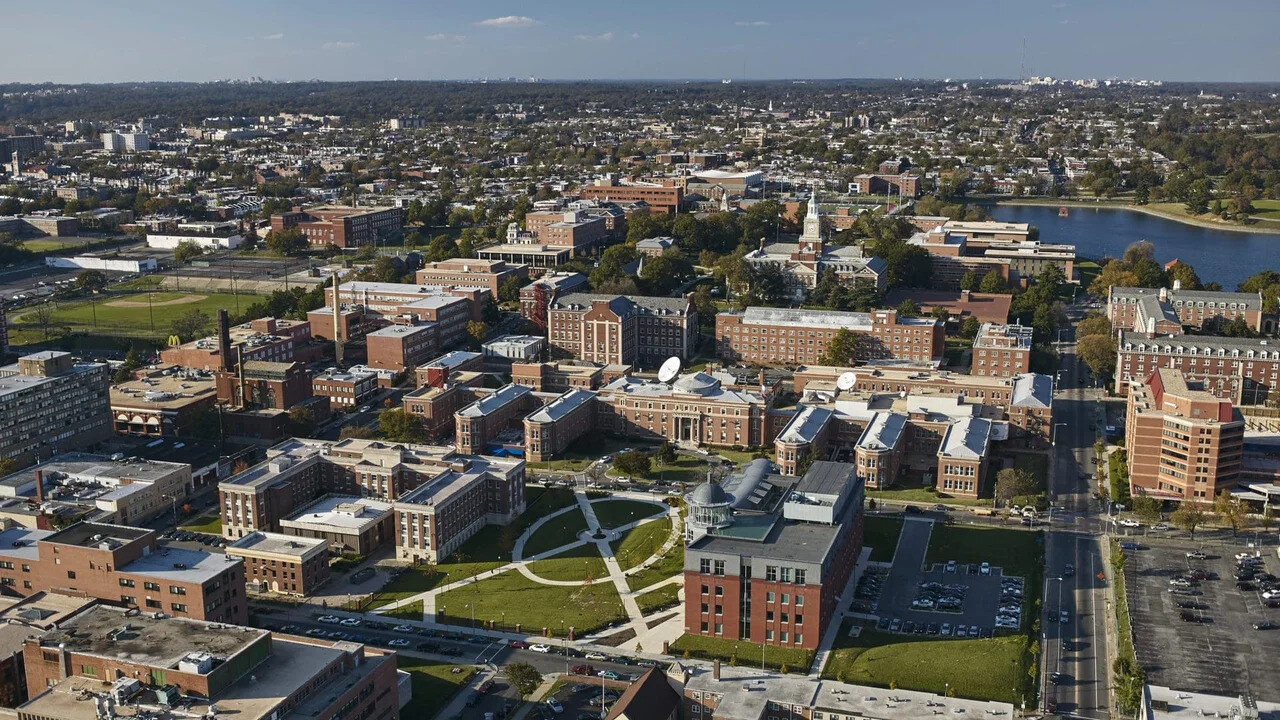Strategies and Opportunities to Address the HBCU Infrastructure Crisis

As college students across America head back to campus, Historically Black Colleges and Universities (HBCUs) are experiencing a generational surge in demand. During Fall 2024, the country’s 99 HBCUs, which vary in size and scope but share a legacy of financial challenges, are feeling the infrastructure strain of accommodating the growing number of students.
This enrollment increase has exposed a critical infrastructure crisis due to lack of proper funding and capital investments. The resulting strain on student housing and academic buildings calls for innovative and collaborative solutions from both the public and private sectors, because addressing these challenges is crucial for sustaining educational quality and accommodating future students.
HBCU Growth and Infrastructure: The Facts
Many HBCU institutions have reported record numbers due to recent enrollment growth:
- At Howard University in Washington, DC, for example, applications have grown from about 11,600 in 2013 to more than 37,000 in 2024, a 218% increase.
- Nearby Morgan State University has experienced four years of record enrollment growth.
Although this feels like positive news, it has revealed a crisis in infrastructure capacity, driven by lack of funding and capital investment over the last several decades.
This crisis has had the most intense impact on the student experience, specifically in student housing and academic buildings:
- According to the 2020 Temple University Real College Basic Needs Survey, 70% of HBCU students are considered housing insecure or homeless, compared to the national average of 40%.
- Overall HBCU infrastructure deferred maintenance, including housing and academic buildings, is estimated to be a $70 billion problem, which demands innovative and collaborative solutions from both the public and private sectors.
Inadequate and unaffordable housing exacerbates other inequalities faced by HBCU students, negatively impacting re-enrollment, student debt burden, and graduation rates.
Real Estate Investment Needs for HBCUs
Addressing this infrastructure crisis is a necessity and an opportunity to safeguard the institutional stability of institutions playing an essential role in the economic mobility of African Americans. It also provides an opportunity to celebrate HBCUs as thriving hubs of education and community development.
According to a 2023 Department of Education study, although HBCUs represent only 3 percent of US colleges and universities, HBCUs produce 40 percent of all Black engineers, 50 percent of all Black teachers, 70 percent of all Black doctors and dentists, and 80 percent of all Black judges.
How do we honor diversity in commercial real estate while examining the infrastructure needs of HBCUs? We need to address existing partnerships and initiatives, explore new capital funding sources, and offer recommendations for sustainable investment strategies to help HBCUs continue to grow and thrive.
Existing Strategies and Opportunities for Improvement
Traditional student housing and infrastructure acquisition and development funding strategies, such as the HBCU Capital Finance Program, philanthropy, endowment campaigns, and grants must be supplemented with innovative approaches such as enhanced public-private partnerships, credit enhancement, and liquidity support from Fannie Mae and Freddie Mac, along with federal grants.
Federal support and credit enhancements are crucial to overcoming gaps to capital access for HBCUs. A 2018 Government Accountability Office (GAO) study highlighted significants shortcomings embedded in traditional financing structures, including restrictive lending criteria focused on enrollment size and collateral requirements that exclude most HBCUs.
Therefore, a comprehensive government-wide analysis is needed to identify and eliminate these funding gaps, unlocking a toolkit of federal programs across multiple agencies. Furthermore, direct lending and credit support from federal agencies, along with subsidized loans and capital reserve contributions, could significantly enhance the financial capacity of HBCUs to facilitate infrastructure improvements and expansions.
Recommendations to Bridge the Funding Gap for HBCU Infrastructure
To improve outcomes for future HBCU infrastructure initiatives, the creation of a Project Management Office, similar to the successful Military Housing Privatization Initiative, could streamline efforts to secure and effectively utilize both public and private funds, as well as provide the internal operational muscle to originate, underwrite, and close complex deals. By incorporating a robust toolkit of financing strategies and technical capacity through the PMO, HBCUs can unlock billions in sidelined private capital, identify actionable real estate transactions and development sponsors, and manage assets with economies of scale.
CIVITAS is committed to this HBCU student housing initiative. By collaborating with public and private sector partners, we envision the creation of up to 100,000 new beds by 2028, addressing the immediate housing crisis while promoting long-term financial and operational stability for HBCUs. If successful, this model could be easily extended to other capital improvement projects such as medical schools and hospitals, labs, and classroom facilities.
To learn more about the HBCU student housing initiative, contact us at info@civitasre.com.
